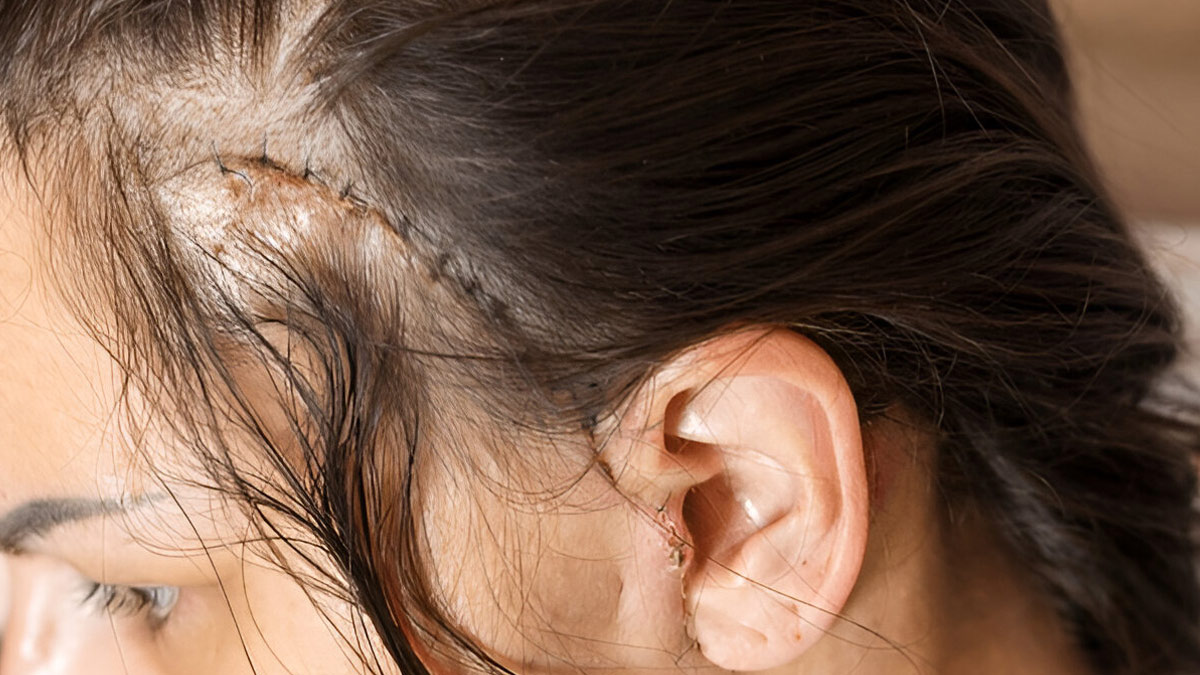
Patients who survive traumatic incidents often enter the clinic with injuries that are technically healing, but with lives that are far from restored. A fractured zygoma may be fixed. A deep facial laceration may be sutured. Yet, what remains is a face they no longer recognise and an emotional burden that medicine alone cannot quantify.
Table of Content:-
In the context of trauma recovery, aesthetic repair is not cosmetic. It is reconstructive, restorative, and in almost all cases, reparative at a psychological level. The assumption that once a wound is closed, healing is complete, overlooks the deep connection between physical identity and emotional stability, particularly when the trauma affects the face, said Dr Debraj Shome, Plastic Surgeon, Director and Co-Founder, The Esthetic Clinics®️(TEC®️).

A 13-year retrospective study conducted by The Esthetic Clinics® (TEC®) and published in the peer-reviewed journal Craniomaxillofacial Trauma & Reconstruction, India’s first study of its kind, analysed over 1,500 facial fracture cases. Nearly half of these injuries resulted from road traffic accidents, followed by assaults and sports injuries. The most frequent fracture pattern was isolated orbital and/or orbital floor fractures, often accompanied by mid-facial injuries. These patterns frequently combine functional impairment with visible disfigurement—two factors that significantly amplify the psychological toll of trauma.
The face is how people recognise one another, express emotion, and connect socially. “When trauma disfigures or scars the face, it can lead to a deep sense of loss and identity disruption. It is not uncommon for survivors of facial trauma to experience anxiety, depression, or withdrawal from everyday life. Many avoid social interactions, return to work reluctantly, or not at all, and lose confidence in their ability to reengage with the world,” explained Dr Shome.
Aesthetic Repair as a Therapeutic Step

In the medical field, the focus in the immediate aftermath of trauma is rightly on survival and restoring function. But once a patient is medically stable, the next stage is equally important, if not more so: helping them feel like themselves again. "Aesthetic reconstruction, in this sense, is about replacing what was taken away, not necessarily for appearance's sake, but for emotional health. Even slight refinements such as the reduction of a visible scar or enhancing facial balance can dramatically enhance a patient's self-esteem and level of living."
Evidence from the same long-term follow-up reinforces this message: over a quarter of patients needed orbital floor reconstruction, and over a third of them were subjected to specific skin procedures to treat scarring. These figures indicate the sheer magnitude of reconstructive requirements from facial trauma and the explicit correlation between surgical treatment and emotional rehabilitation.
“Modern surgical techniques allow for highly customised repairs, from advanced scar revisions to microsurgical reconstruction and tissue grafting. Significantly, timing matters. Early intervention can lead to better results, both in terms of physical outcome and emotional resilience,” added Dr Shome.
In the same review, more than a quarter of patients required orbital floor reconstruction, and over a third underwent targeted skin procedures to address scarring. Such numbers highlight the scope of aesthetic intervention required in trauma cases and the direct link between reconstructive precision and emotional recovery.
Recovery, Not Vanity
There is a persistent misconception that aesthetic procedures are ‘cosmetic’ and therefore optional, or even indulgent. But in cases of trauma, that distinction disappears. For survivors, looking in the mirror and seeing a reminder of the worst day of their lives can be emotionally paralysing.
Aesthetic reconstruction in such situations is not about vanity but about healing. Restoring facial features helps rebuild a person’s sense of identity and allows them to move forward, rather than remaining emotionally stuck in the moment of trauma.
Importance of Holistic Approach
Emotional recovery does not happen in isolation. The most optimal results frequently arise from a team approach where surgeons, psychologists, rehabilitation specialists, and social support mechanisms collaborate.
In the clinical evaluation, over a half of the patients with mid-facial fractures had also had related orbital injury, which necessitates coordinated multidisciplinary treatment. Surgery is not the answer itself, but it may be an effective measure towards making a person whole again. Counselling and psychological adjustment are equally crucial in terms of assisting patients to cope with their trauma and adapt to their altered appearance, particularly when several operations must be undertaken over a period.
Bottomline
Dr Shome concluded, “Scars can serve as a mark of survival, but they should not define a person’s future. Aesthetic reconstruction offers more than physical repair, it provides a pathway of reclaiming identity, restoring confidence, and moving toward emotional closure. By recognising post-trauma aesthetic repair as a core part of the healing process, healthcare systems can better support patients in recovering fully, both inside and out. Most importantly, prevention is better than cure, make better roads but also ensure that the citizenry follow world class prevention strategies - Wear seat belts and helmets, they may save your life and your face.”
[Disclaimer: This article contains information provided by an expert and is for informational purposes only. Hence, we advise you to consult your professional if you are dealing with any health issue to avoid complications.]
Also watch this video
How we keep this article up to date:
We work with experts and keep a close eye on the latest in health and wellness. Whenever there is a new research or helpful information, we update our articles with accurate and useful advice.
Current Version